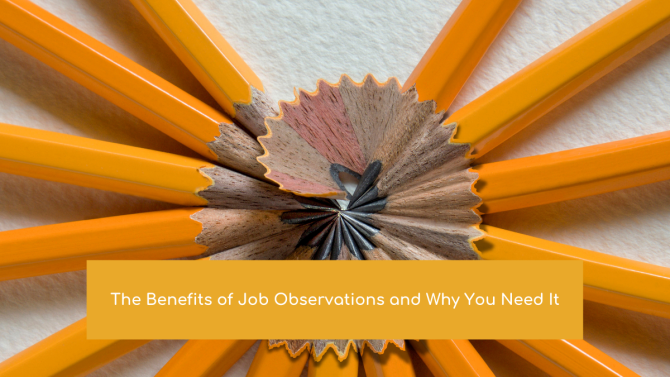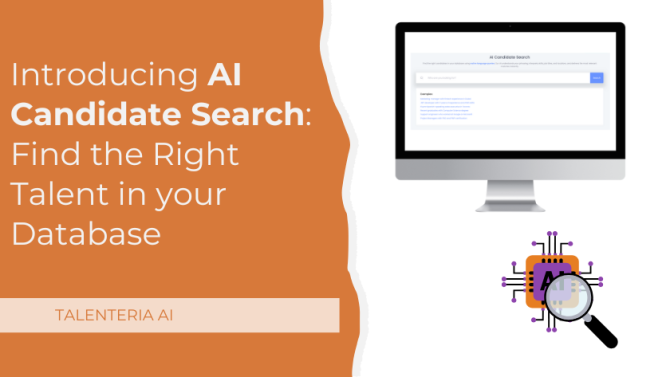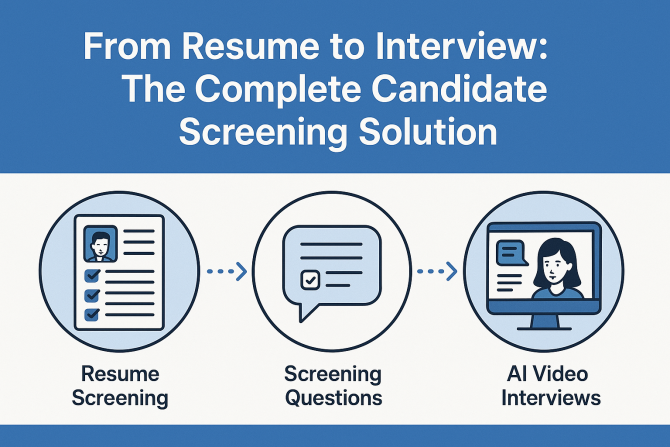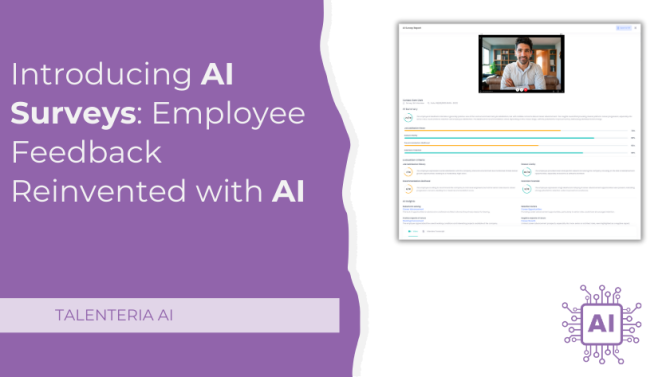
Everyone wants to assess the skills and talents of their employees - these days especially when good talent is hard to find, and turnover rates are sky-high. You want to hire the best and also decide who among your current crop of employees deserves that next raise. But how?
This is where observation interviews come in. We at Talenteria love these handy tools and the way they let you easily gauge the value an existing or potential employee will add to your team!
What Is an Observation Interview?
The concept behind an observation interview is relatively simple. It is when the employer passively or actively observes the employee during work hours to gain better insights and understanding of the employee’s behavior and conduct.
Job observation is a very effective way of finding out how an employee responds to the demands and stresses involved in a particular position. It also helps managers make assessments about the employee’s potential.
Types of Interviews
Observation interviews come in two forms, and we’ll discuss them below:
Obtrusive
Obtrusive job observation is when the employee is aware of being supervised. However, this can lead to the experience being tainted due to various psychosocial phenomena coming into play, like the Hawthorne Effect. For example, an employee has to be made aware beforehand that they will be observed. For the duration of job observation, they may ramp up their productivity. If they aren’t usually diligent, this can create a faulty assessment.
Obtrusive observation can be of two types:
- Constant Observation: This is when the employee’s work ethic and body language are under constant monitoring.
- Time Allocation (TA): TA observation attempts to observe an employee at a certain place and time.
Unobtrusive
Unobtrusive job observations happen when the employee is unaware of being observed. Evaluations are based on actual employee productivity, and the data is more accurate, but secret observations can be considered unethical.
Fields Used
Observation Interviews are applicable in many fields, but especially those that involve task-based elements. Banks, IT companies, office buildings, medical clinics - all of these areas can highly benefit from observation interviews.
What Are the Advantages of Observation Interviews?
There are plenty of ways to utilize job observations:
- Instead of a regular interview, observation interviews allow applicants to show their work ethic instead of sitting through multiple rounds of questioning.
- Companies get an idea of the applicants’ skills and can choose the right one for them instead of spending time and resources on training.
- Existing employees can be assessed for promotions if they’re doing well.
What Are the Limitations of Observation Interviews?
However, just like every other tool at your disposal, observation interviews have their drawbacks as well:
- Not every employee will be comfortable with being observed, and it might hamper their productivity.
- Observation relies on generalizations that may not be accurate. Employees can have bad or good days. Depending on the day you observe them, you’ll get different results.
- The observer may have a bias for or against the employee, which will render the entire exercise moot.
Keep Track of Observation Interviews With Talenteria
Interviews, historically, have helped people get jobs based on presentation and social skills. Based on our experience, we’ve uncovered that observation Interviews are a way to bring performance front and center and show, rather than tell, why you’re a good fit for the job. For a streamlined, efficient way to keep track of your observation interviews, get early access to the Talenteria Career Portal and Marketing Recruitment Platform!





